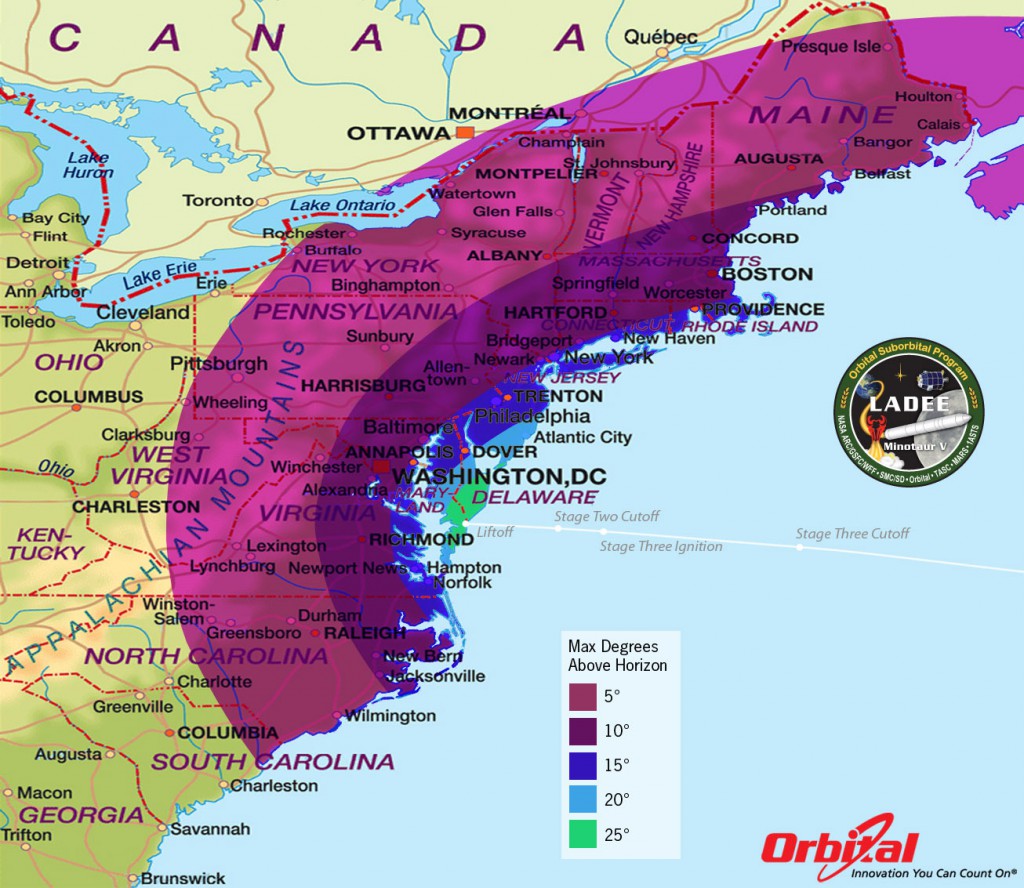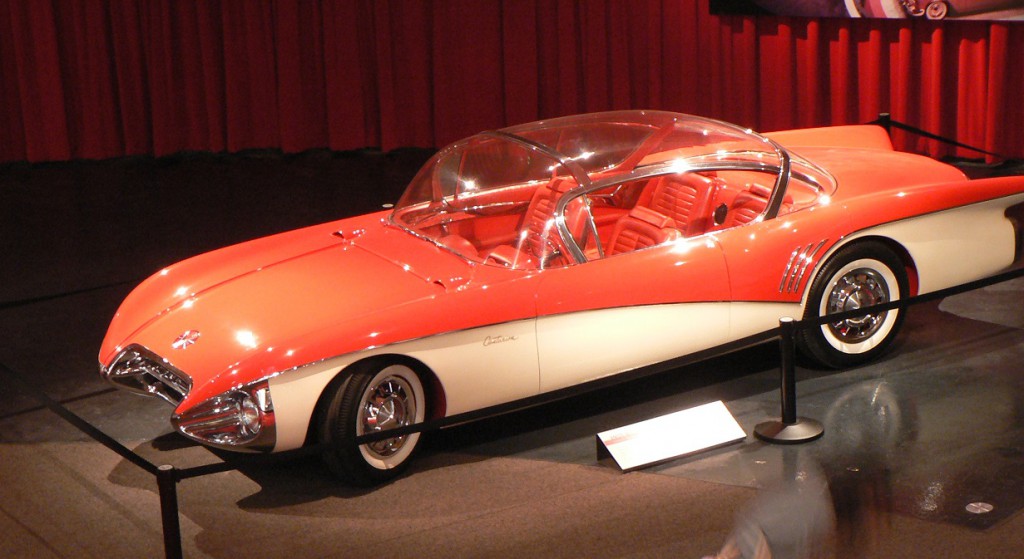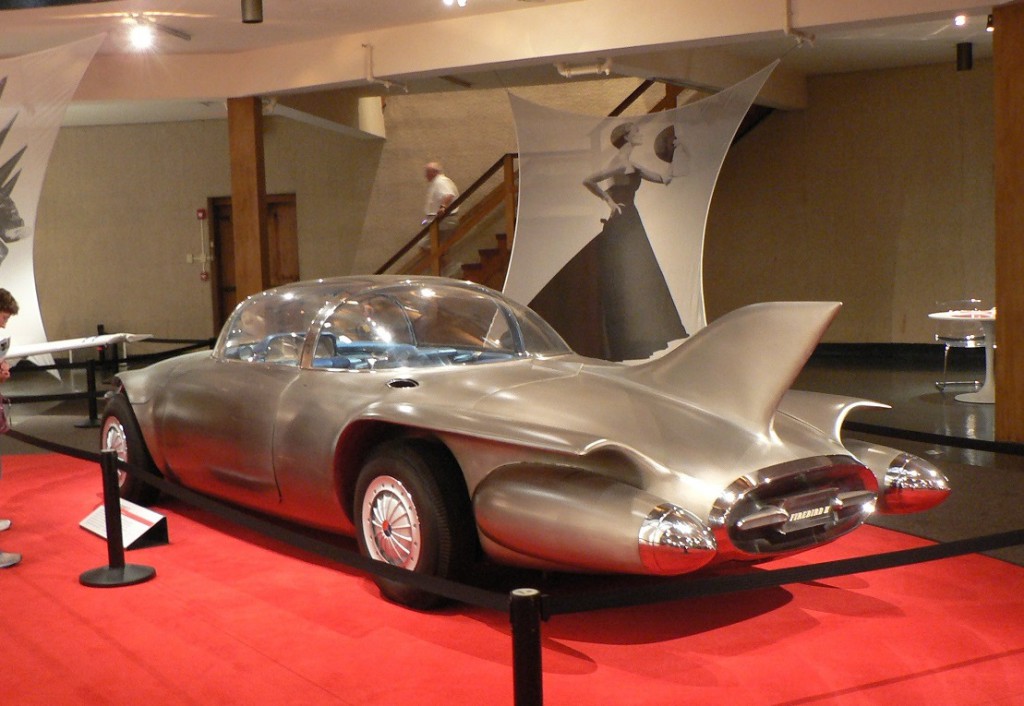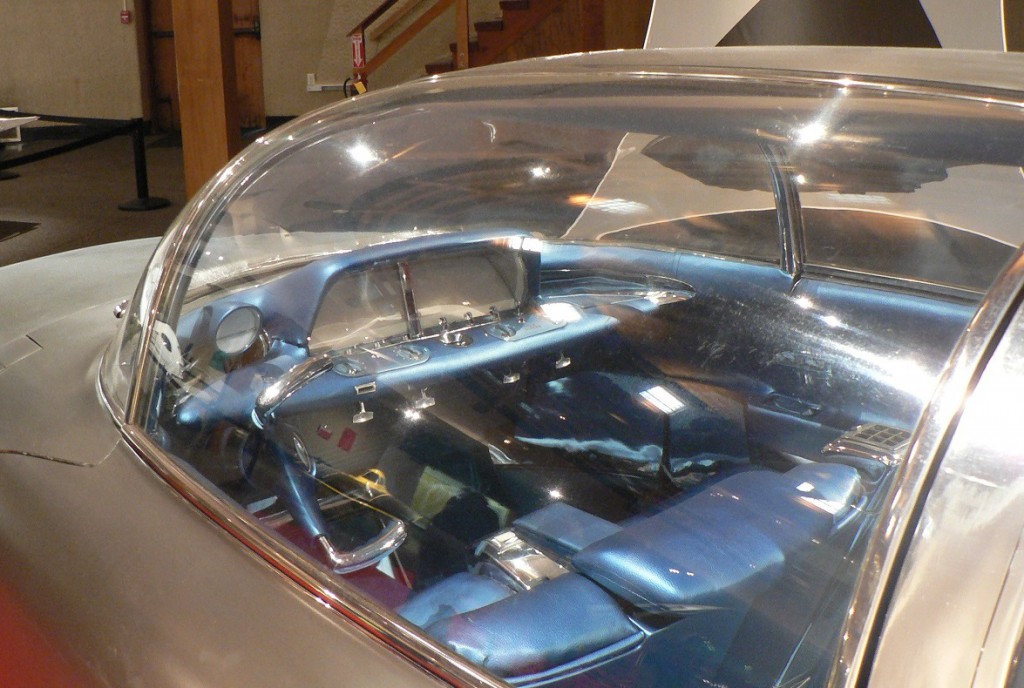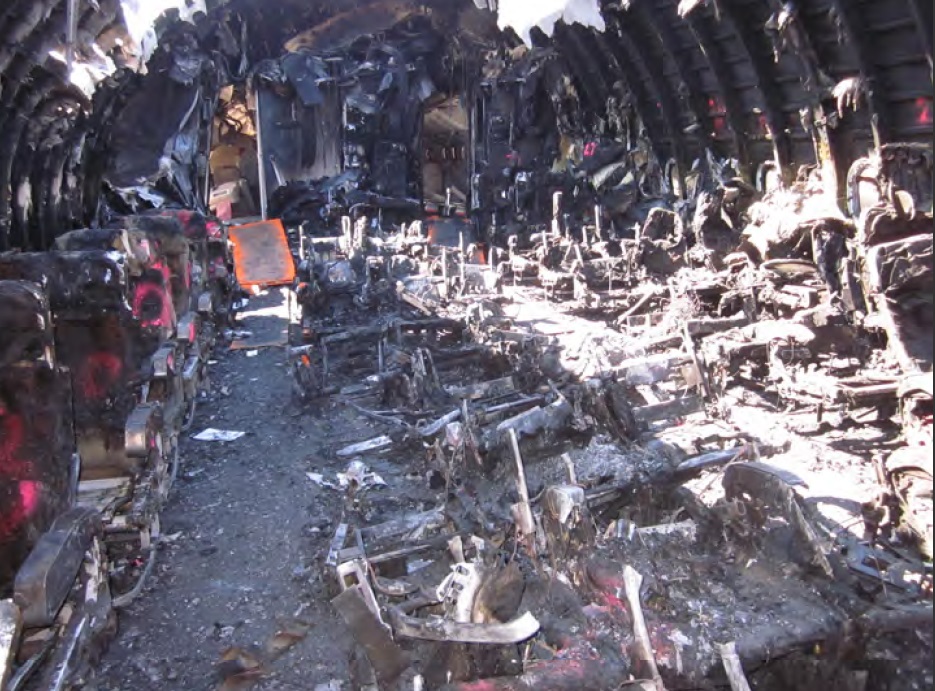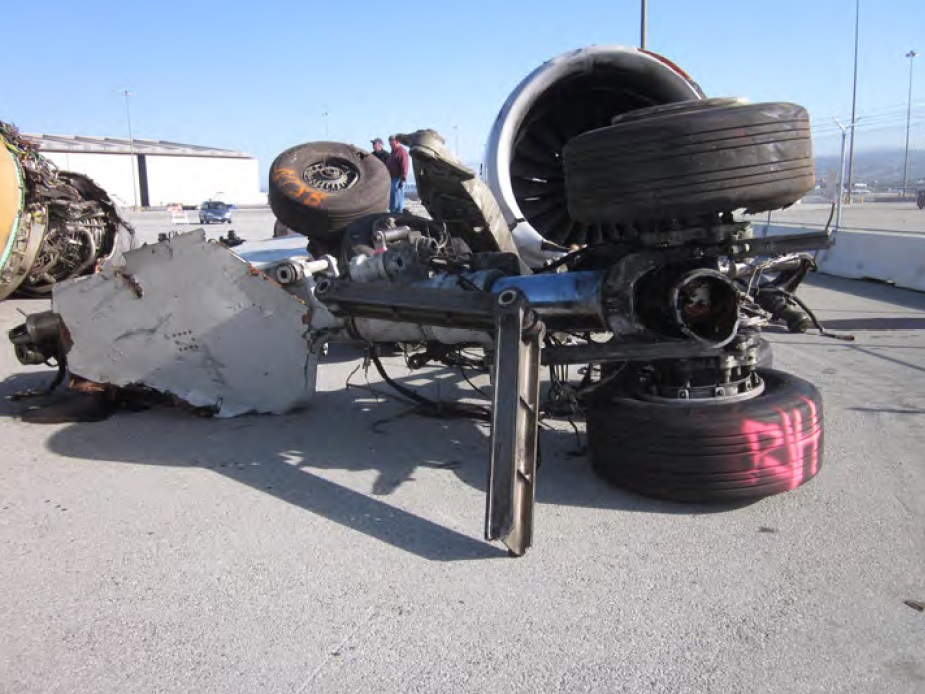Aloft again, this time in 27F between ATL and HSV, in what must be one of the few remaining DC-9s still in service in the US. Mercifully, Delta has maintained the interior of the tired old bird in a way that belies its years, though the 3+2 seating gives away the fact that the machine has been flying since Clinton was president.
Atlanta is one of the largest airports I’ve ever been to. Not the biggest airspace; that honor goes to New York, with three international airports in each other’s shadow, sharing the same piece of sky. But Atlanta has four runway of its own, well over 100 gates, and a railroad to get between them. There’s a saying in these parts that if you die and go to hell, you’ll have to change planes in Atlanta.
I arrive late AM on a Monday, a time during which the vast majority of my traveling companions are doing this for business reasons, not for vacation. And because of that, if they’re not paying top dollar for their tickets, they’re certainly paying more, on average, than they’d be paying if they were heading to Disney World.
I’m heading out this morning to visit a customer of a client; to investigate an elusive technical problem. The folks around me could well be on a variety of missions: sales people calling on prospects, executives making business presentations, experts resolving problems. How much of this might be done on the phone, or by FedEx? Presumably not much; after all, most people would rather go home after a day of work than check into an anonymous hotel. And surely most employers would prefer to avoid the expense of business travel.
It dawns on me that the most valuable cargo, the thing worth shipping thousands of miles, is talent: skills, abilities, instincts, or perhaps even an impossibly deft touch. What makes it special is that, whatever the talent might be, it’s not available anywhere closer than thousands of miles away. And so it makes sense to ship it, however far it needs to be shipped.
I reflect for a moment, in the pride that comes with realizing that someone thought enough of my skills to ship me down here. It almost makes up for the fact that I’ll be spending the next few nights away from my home and bride.
The perspective might also bear on my thoughts as I catch the train between terminals at ATL on the way home in a few days. Everyone around me will have proven themselves good enough at something that they were worth shipping all that distance. Viewed from that angle, my fellow road warriors seem just a bit more noble. And that’s something worthwhile.

